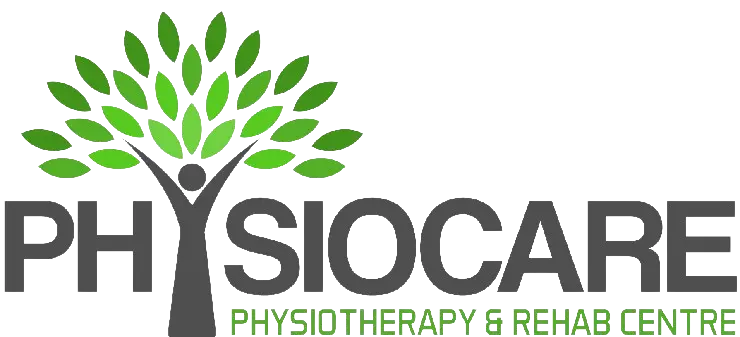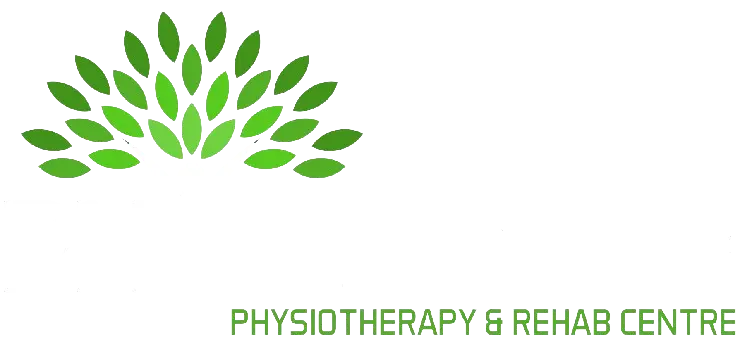
Carpal Tunnel Syndrome: Causes, Symptoms, and Effective Physiotherapy Management
Carpal Tunnel Syndrome (CTS) is a condition resulting from the compression of the median nerve as it passes through the carpal tunnel—a narrow passageway in the wrist formed by bones, tendons, and ligaments. This nerve compression leads to various sensory and motor disturbances in the hand and fingers.
Causes of Carpal Tunnel Syndrome
CTS arises when the median nerve is compressed within the carpal tunnel. Several factors can contribute to this compression:
- Repetitive Wrist Movements: Engaging in activities that involve repetitive flexing or extending of the wrist can increase pressure within the carpal tunnel. Occupations or hobbies that require frequent hand movements, such as typing, assembly line work, or playing musical instruments, are common culprits.
- Anatomical Factors: A smaller carpal tunnel or anatomical variations, along with soft tissue swelling, can predispose individuals to CTS.
- Health Conditions: Certain medical conditions, including diabetes, rheumatoid arthritis, and hypothyroidism, can increase the risk of developing CTS.
- Pregnancy: Hormonal changes during pregnancy can lead to fluid retention, increasing pressure within the carpal tunnel and potentially causing CTS.
Signs and Symptoms
The manifestations of CTS can vary but commonly include:
- Numbness and Tingling: A sensation of pins and needles, particularly in the thumb, index, and middle fingers. These symptoms often occur at night and may disrupt sleep, going away with flicking of the hand.
- Pain: Discomfort in the hand, wrist, or forearm, which may radiate up the arm.
- Weakness: Difficulty gripping objects or performing tasks that require manual dexterity.
- Burning Sensation: A feeling of warmth or burning in the affected areas.
Role of Physiotherapy in Managing CTS
Physiotherapy in Ottawa plays a crucial role in the conservative management of CTS. A physiotherapist can:
- Educate on Ergonomics: Provide guidance on modifying workstations and daily activities to reduce strain on the wrists.
- Stretching and Strengthening Exercises: Teach exercises to stretch tight muscles and strengthen the wrist and hand muscles, improving flexibility and reducing pressure on the median nerve.
- Manual Therapy: Utilize techniques to mobilize the wrist joint and soft tissues, alleviating nerve compression.
- Use of Modalities: Apply treatments such as ultrasound, laser, or electrical stimulation to reduce inflammation and promote healing.
Dos and Don’ts for CTS Management
To manage and prevent CTS, consider the following guidelines:
Dos:
- Maintain Neutral Wrist Position: Keep wrists in a neutral position during activities to minimize pressure on the median nerve.
- Take Regular Breaks: Incorporate short breaks during repetitive tasks to rest and stretch the wrists.
- Use Proper Ergonomics: Ensure workstations are set up to promote wrist health, such as using chairs with appropriate arm support and positioning computer keyboards at a comfortable height.
- Perform Recommended Exercises: Engage in stretching and strengthening exercises as advised by a healthcare professional.
Don’ts:
- Avoid Prolonged Wrist Flexion or Extension: Refrain from activities that require holding the wrist in a bent position for extended periods.
- Limit Repetitive Motions: Reduce the frequency of tasks that involve repetitive wrist movements.
- Neglect Symptoms: Do not ignore early signs of CTS; seek timely intervention to prevent progression.
- Avoid Carrying Heavy Weight in the Affected Hand: Heavy lifting can increase pressure and worsen symptoms.
Few Exercises for CTS Relief
Incorporating specific exercises can help alleviate CTS symptoms:
- Wrist Flexor Stretch:
- Extend your arm forward with the palm up.
- With the other hand, gently press down on the fingers, stretching the wrist flexors.
- Hold for 15-30 seconds; repeat 2-3 times.
- Wrist Extensor Stretch:
- Extend your arm forward with the palm down.
- With the other hand, gently press down on the hand, stretching the wrist extensors.
- Hold for 15-30 seconds; repeat 2-3 times.
- Median Nerve Glide:
- Start with your arm at your side, elbow bent.
- Slowly extend your arm and bend your wrist back, feeling a stretch along the forearm.
- Hold for a few seconds; repeat 5 times.
Braces Used in CTS
Wrist braces are commonly used to immobilize the wrist, reducing pressure on the median nerve:
- Night Splints: Worn during sleep to keep the wrist in a neutral position, minimizing nocturnal symptoms.
- Daytime Braces: Used during activities that may exacerbate symptoms, providing support and limiting movement.
It’s essential to use exercises and braces under the guidance of a healthcare professional to ensure proper effectiveness. Overuse or improper use of a brace can lead to muscle weakness or dependency.
Conclusion
In conclusion, Carpal Tunnel Syndrome is a prevalent condition that can significantly impact daily activities. Early recognition and intervention, including physiotherapy, ergonomic modifications, and appropriate use of braces, can effectively manage symptoms, prevent progression, and ensure a good prognosis. Physiocare Physiotherapy Clinic in Ottawa offers expert care to guide you through CTS recovery, providing personalized treatment plans to help restore your wrist’s function and alleviate discomfort.

Prateeksha Viradiya
Certified in Pelvic Floor, Acupuncture, Certified ROST Therapist | RAPID Treatment Specialist at Physiocare Physiotherapy and Rehab Centre
View Full Bio
Subscribe To Our Newsletter
Your health is our priority, and we’re committed to partnering with you to achieve your optimal wellness.

